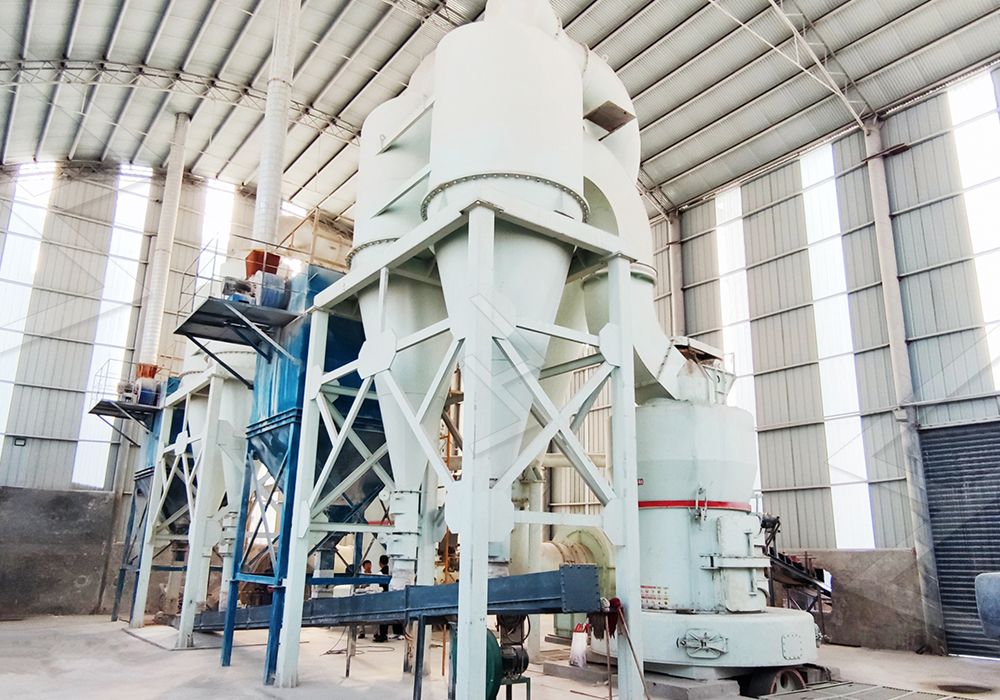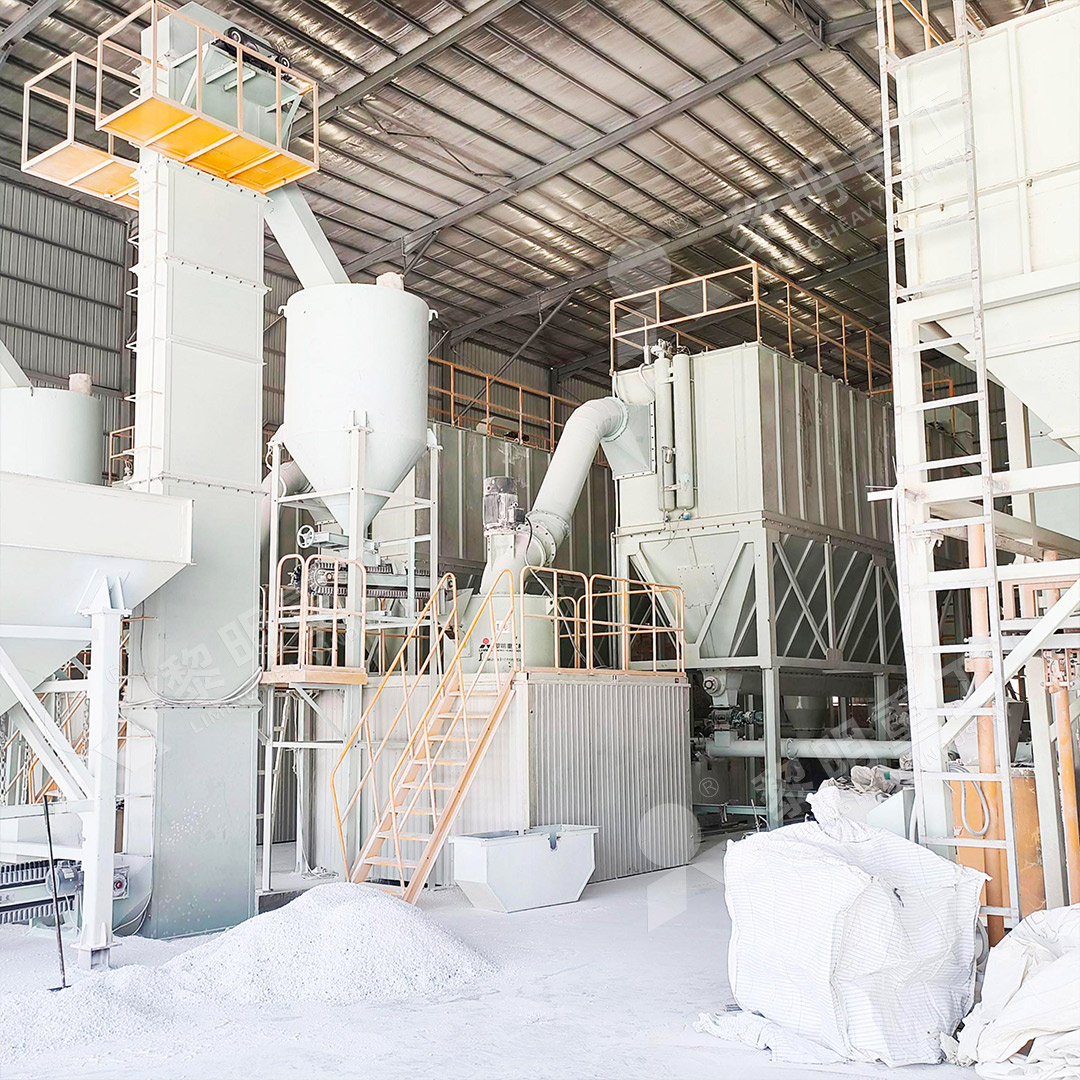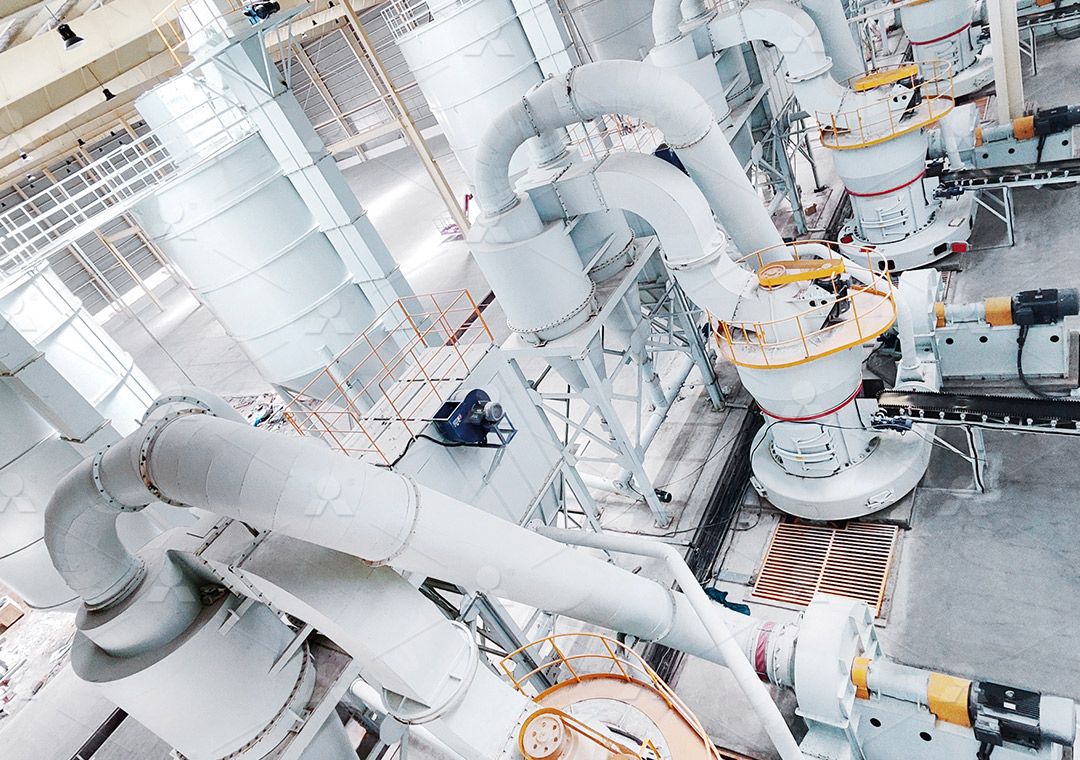Optimizing Raw Mill Performance: Strategies for Pressure Drop Reduction with External Material Circulation
Optimizing Raw Mill Performance: Strategies for Pressure Drop Reduction with External Material Circulation
In the cement and mineral processing industries, the raw mill is a critical component for preparing materials for further processing. One of the most persistent challenges operators face is managing the pressure drop across the mill system. A high pressure drop not only increases energy consumption but can also lead to reduced throughput, higher wear rates, and operational instability. Implementing an external material circulation strategy has emerged as a highly effective method for mitigating these issues and optimizing overall mill performance.
Understanding Pressure Drop in Mill Systems
Pressure drop occurs due to the resistance encountered by the gas-solid flow through the mill, separator, and ductwork. Key factors contributing to excessive pressure drop include:
- High material loading in the grinding zone
- Inefficient classifier operation
- Inadequate gas flow management
- Poor feed material characteristics
External material circulation addresses these issues by diverting a portion of the coarse material from the mill outlet back to the feed, creating a more homogeneous and controllable grinding environment.

Key Strategies for Effective External Circulation
Successful implementation requires a holistic approach that considers several operational parameters:
1. Optimal Circulation Rate Calculation
The circulation ratio (mass of returned material to fresh feed) must be carefully calibrated. Too low a ratio provides insufficient benefit, while too high can lead to overgrinding and increased energy consumption. Typically, ratios between 1.5:1 and 3:1 prove most effective for raw materials.
2. Advanced Classifier Technology
The heart of any external circulation system is the classifier. Modern high-efficiency separators with adjustable rotor speeds and blade configurations allow precise control over product fineness while minimizing pressure drop. Our MW Ultrafine Grinding Mill features an advanced cage-type powder selector based on German technologies that significantly enhances separation precision while reducing system resistance.

3. System Integration and Control
Effective external circulation requires seamless integration between the mill, separator, and conveying equipment. Modern PLC-based control systems can automatically adjust circulation rates based on real-time measurements of pressure differentials, power consumption, and product quality.
The Role of Modern Mill Design
Contemporary mill designs incorporate features specifically aimed at pressure drop reduction. The MW Ultrafine Grinding Mill (0.5-25 tph capacity, 0-20mm feed size) exemplifies this approach with several innovative features:
- Higher Yielding, Lower Energy Consumption: Newly designed grinding curves enhance efficiency, offering 40% higher capacity than jet mills with 30% lower energy consumption
- No Rolling Bearing & Screw in Grinding Chamber: Eliminates concerns about bearing damage and loose screws causing operational issues
- Efficient Pulse Dust Collector: Maintains system pressure balance while ensuring environmental compliance
For operations requiring even higher throughput with integrated drying capabilities, our LUM Ultrafine Vertical Grinding Mill (5-18 tph capacity, 0-10mm feed size) offers exceptional performance with its unique roller shell and lining plate grinding curve that facilitates material layer formation and reduces system resistance.
Practical Implementation Considerations
When retrofitting existing mills or designing new systems with external circulation, several practical aspects must be addressed:
- Mechanical design of return conveyors or airslides
- Wear protection in high-abrasion areas
- Instrumentation for monitoring circulation rates
- Integration with existing control systems

Measurable Benefits of Optimized Circulation
Plants implementing well-designed external circulation systems typically report:
- 15-25% reduction in specific energy consumption
- 10-20% increase in mill throughput
- Improved product quality consistency
- Reduced maintenance costs due to more stable operation
- Extended refractory and wear part life
Conclusion
External material circulation represents a proven strategy for optimizing raw mill performance through pressure drop reduction. When combined with modern mill technology like our MW and LUM series grinding mills, operators can achieve significant improvements in energy efficiency, production capacity, and operational stability. As pressure to reduce carbon footprint intensifies across the industry, such optimization strategies become increasingly valuable for maintaining competitive advantage while meeting sustainability targets.
Proper implementation requires careful system design and the selection of appropriate equipment, but the operational benefits consistently justify the investment. By taking a systematic approach to pressure drop management through external circulation, plants can unlock substantial value from their milling operations.
